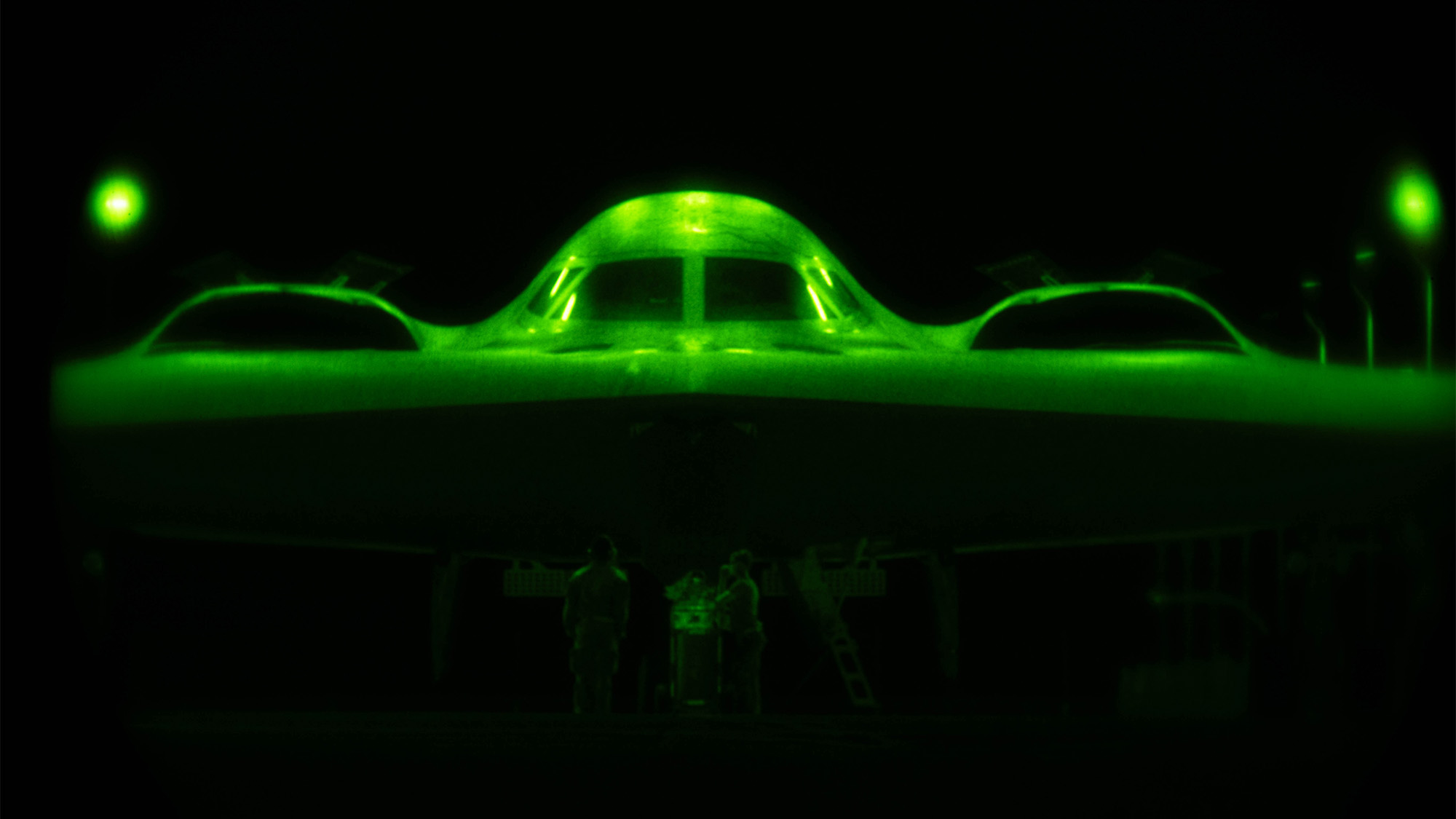Oxygen Vacancy Sites Enable Efficient Photocatalytic Oxidation of Nitric Oxide: The Role of W/Mo Valence Transition in Bi2W(Mo)O6‐x
Advanced Energy Materials, Volume 15, Issue 17, May 6, 2025.

Bi2W(Mo)O6-x catalysts with different Ov concentrations and types for the photo-oxidation of air NO. Bi2W(Mo)O6-x has stable W6+-O defects and thus exhibits the extremely low NO2 selectivity (<4%) and excellent stability (no decline after ten reuse). In contrast, Bi2MoO6-x shows a 43.5% decrease in efficiency after ten runs and high NO2 selectivity (>20%), which is mainly attributed to the instable Mo4+-O defects.
Abstract
Oxygen vacancy (Ov) sites play a critical role in the activation and deep oxidation of nitric oxide (NO). However, controlling the concentration and type of Ov remains a significant challenge. In this study, Bi2W(Mo)O6-x is investigated as a model system and demonstrates that increasing the concentration of Ov substantially enhances the efficiency of air NO removal. Increasing the Ov concentrations in Bi2WO6-x and Bi2MoO6-x improves NO removal efficiency ≈12- and 11-fold, respectively, compared to their low-Ov counterparts. This enhancement is attributed to improved adsorption and activation of NO/O2 molecules, better separation and transfer of photogenerated carriers, and increased visible light absorption. Notably, Bi2WO6-x remains highly stable over ten recycling tests for continuous air NO deep photooxidation, while Bi2MoO6-x shows a 43.5% decrease in efficiency after ten runs. This sustained performance is attributed to stable Ovs without changes in metal ion valence, unlike Bi2MoO6-x, where instability arises from the reduction of Mo6+ to Mo4+. In situ DRIFTS reveals possible pathways for the deep photooxidation of NO to nitrate (NO3 −). This study provides valuable insights into designing high-performance, durable catalysts by effectively controlling Ov concentration and type, paving the way for efficient photocatalytic air purification technologies.











































































































































